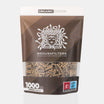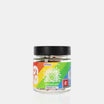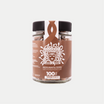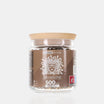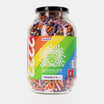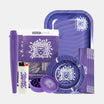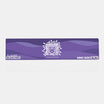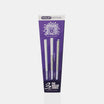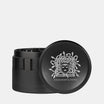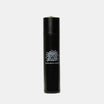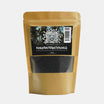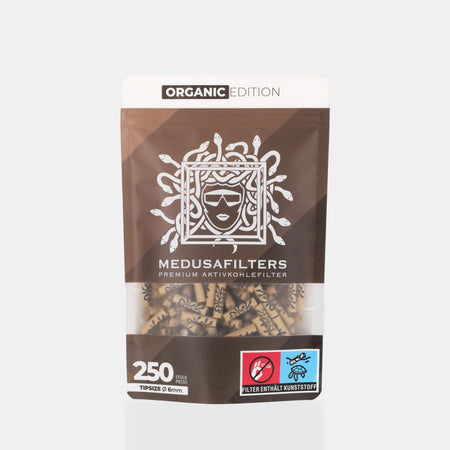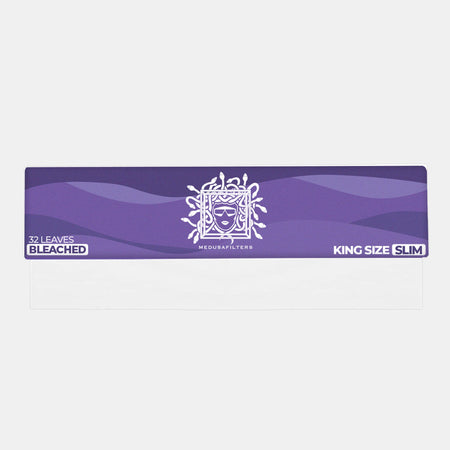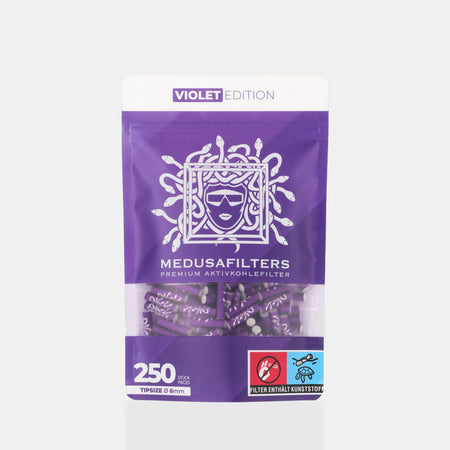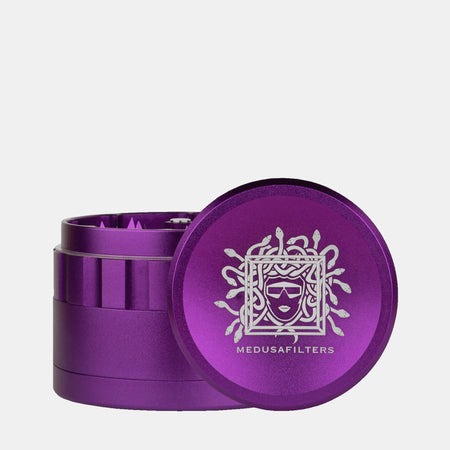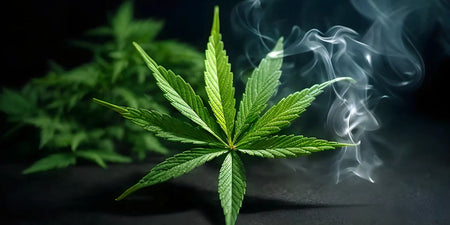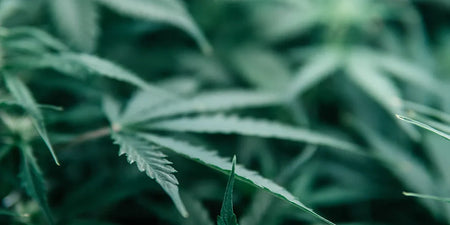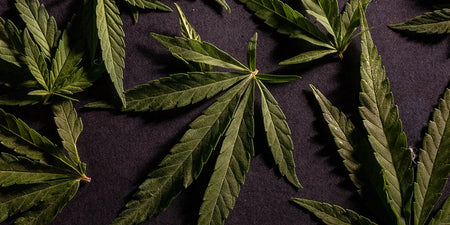The entourage effect and its impact
The most important thing on the topic
What is the entourage effect?
Learn more about the “entourage effect” phenomenon in this section.
Read moreThe ingredients of the hemp plant
Immerse yourself in the variety of ingredients in the hemp plant Cannabis sativa.
Read moreCannabinoids and terpenes interact
Discover what happens in the combination of cannabionoids and terpenes
Read moreDifferences entourage effect in CBD products.
In this section you will gain valuable insight into the differences of the entourage effect in CBD products.
Read moreWhat is the entourage effect?
The entourage effect is a term used in the context of cannabis and its active ingredients, particularly cannabidiol (CBD) and tetrahydrocannabinol (THC). This phenomenon describes the interaction of various components of the cannabis plant, including cannabinoids, terpenes and flavonoids, which as a whole can have a synergistic effect. The entourage effect is based on the assumption that the combined effect of these substances is stronger or qualitatively different than the effect of the individual components.
The entourage effect is particularly discussed in the context of full-spectrum oils, which contain all of the plant's ingredients, as opposed to isolates, which only contain individual active ingredients such as pure CBD. The theory is that full-spectrum preparations can have an enhanced or modified effect due to the interaction of the various ingredients.
It is important to emphasize that scientific research on the entourage effect is still in its early stages. Studies show varying results, and there is a need for further research to fully understand the exact mechanisms and potential of this effect. Raphael Mechoulam, a pioneer in cannabis research, has made significant contributions to the understanding of the pharmacology of cannabinoids and the entourage effect. However, the evidence is not yet sufficient to draw definitive conclusions about the clinical significance of the entourage effect.

Accessories for your joint
The ingredients of the hemp plant
The hemp plant (Cannabis sativa) contains a variety of ingredients that have attracted great interest in scientific research. The main components are the cannabinoids, which include tetrahydrocannabinol (THC) and cannabidiol (CBD). THC is known for its psychoactive effects, while CBD is non-psychoactive and is often discussed in therapeutic contexts. In addition to these two well-known cannabinoids, the cannabis plant contains over 100 other cannabinoids such as cannabigerol (CBG), cannabinol (CBN) and cannabichromene (CBC), whose respective effects and interaction are the subject of current research.
Another important component of the hemp plant are terpenes. These aromatic compounds, which include limonene, myrcene, linalool and alpha-pinene, give the plant its characteristic smell. Terpenes are found not only in hemp, but also in many other plants and can have different effects. Flavonoids, another group of ingredients, also contribute to the plant's sensory properties.
Cannabinoids
Cannabinoids are a class of chemical compounds that occur naturally in the cannabis plant and are known for their diverse effects on the human body. These active ingredients interact with the body's endocannabinoid system, a complex network of receptors that plays an important role in various physiological processes, including pain sensation, mood, appetite and memory.
The best-known cannabinoids are tetrahydrocannabinol (THC) and cannabidiol (CBD). THC is primarily responsible for its psychoactive effects, which produce the “high” feeling when consuming cannabis. In contrast, CBD is non-psychoactive and is often mentioned in discussion of potential therapeutic uses, for example in the treatment of pain, inflammation and epileptic seizures. It is important to emphasize that scientific research on the therapeutic uses of CBD is not yet conclusive and further studies are needed to confirm its effectiveness and safety.
Definition of terpenes
Terpenes are aromatic compounds found in many plants, including the cannabis plant. The hemp plant contains over 100 different terpenes, which contribute to the unique composition and effects of cannabinoids. Terpenes such as myrcene, limonene, linalool, alpha-pinene and many others are not only responsible for the characteristic scent and taste of cannabis, but can also have therapeutic properties. However, it is important to emphasize that these properties in the context of cannabis are still the subject of scientific research.
The entourage effect, particularly in connection with full-spectrum CBD oils that contain both CBD and THC and other cannabinoids as well as terpenes, is often discussed. Unlike CBD isolates, which only contain cannabidiol, full-spectrum oils are believed to be able to provide a more comprehensive effect as they utilize the natural interaction of the cannabis plant's various ingredients.
Terpenes contribute to this interaction by potentially influencing the absorption of cannabinoids in the body and modulating their effects [1]. However, these effects vary from person to person and can be influenced by the dose and the specific combination of terpenes and cannabinoids.
The most common terpenes
You can find an overview of ten terpenes commonly found in cannabis and their characteristic scents here:
- Myrcene : Earthy and musky.
- Limonene : Fresh and lemony.
- Caryophyllene : Spicy, similar to black pepper.
- Linalool : Floral, reminiscent of lavender.
- Pinene (alpha- and beta-pinene) : Smells of pine and rosemary.
- Humulene : Earthy and woody.
- Ocimen : Sweet and herbaceous.
- Terpinolene : Floral and fruity.
- Bisabolol : Mildly floral, with a hint of chamomile.
- Eucalyptol : Clear and fresh, similar to eucalyptus.
Cannabinoids and terpenes interact
According to ScieneDaily , scientists discovered that cannabis terpenes, when used in isolation, produce effects similar to cannabinoids, including a reduction in the sensation of pain. In combination with cannabinoids, studies also showed an increase in the pain-relieving effects without increasing the number of unwanted side effects [2].
You can also use our products for CBD joints and CBD cigarettes
Differences entourage effect in CBD products
CBD products vary greatly in their composition. Some contain pure CBD isolate, while others are classified as full-spectrum or broad-spectrum products. In addition to CBD, full-spectrum CBD also contains other cannabinoids and terpenes from the cannabis plant. Broad-spectrum CBD contains similar components, but typically without THC, the psychoactive cannabinoid.
The potential entourage effect with full-spectrum CBD is often highlighted as the combined effects of CBD, other cannabinoids and terpenes could be synergistic, resulting in an enhanced therapeutic effect. CBD isolates, on the other hand, lack these additional cannabis plant components, meaning that the entourage effect does not come into play [3].
However, research into the entourage effect is still ongoing, and there is no conclusive evidence that full-spectrum CBD products are generally more effective than CBD isolates. Choosing between full-spectrum, broad-spectrum, and isolate products depends on various factors, including individual needs, health conditions, and personal response to different CBD formulations.
You can find out more about CBD here
Further questions
Terpenes are organic compounds that occur in many plants and are responsible for their aromas and scents. In humans, they can have different effects depending on the specific terpene and concentration. Terpenes can also influence the absorption and effects of other plant compounds, such as cannabinoids, resulting in the entourage effect.
The entourage effect describes the phenomenon in which various cannabis ingredients, particularly cannabinoids and terpenes, work together synergistically. This means that the combined effect of these substances is greater than the sum of their individual effects. The effect occurs because cannabinoids and terpenes together activate and modulate the receptors in the human body in a more complex way than isolated substances. This results in a richer and potentially more effective therapeutic effect. The entourage effect is often cited as a reason why full-spectrum cannabis products can be more effective than isolated cannabinoids.
In Germany, the sale and consumption of CBD products is legal as long as the tetrahydrocannabinol (THC) content is below 0.2%. This regulation applies to CBD oils, capsules and other products made from hemp. It is important to purchase products from reputable suppliers who test their products for THC content and provide appropriate certificates. However, the legal status of CBD is subject to change and it is advisable to check the current legal regulations. Medical cannabis products prescribed for certain health conditions are subject to stricter regulations and may contain higher levels of THC.
Sources:
[1] https://www.nature.com/articles/s41598-021-87740-8#:~:text=URL%3A+https%3A%2F%2Fwww.nature.com%2Farticles%2Fs41598
[2] https://www.sciencedaily.com/releases/2021/07/210714110455.htm
[3] https://pubmed.ncbi.nlm.nih.gov/32543253/








